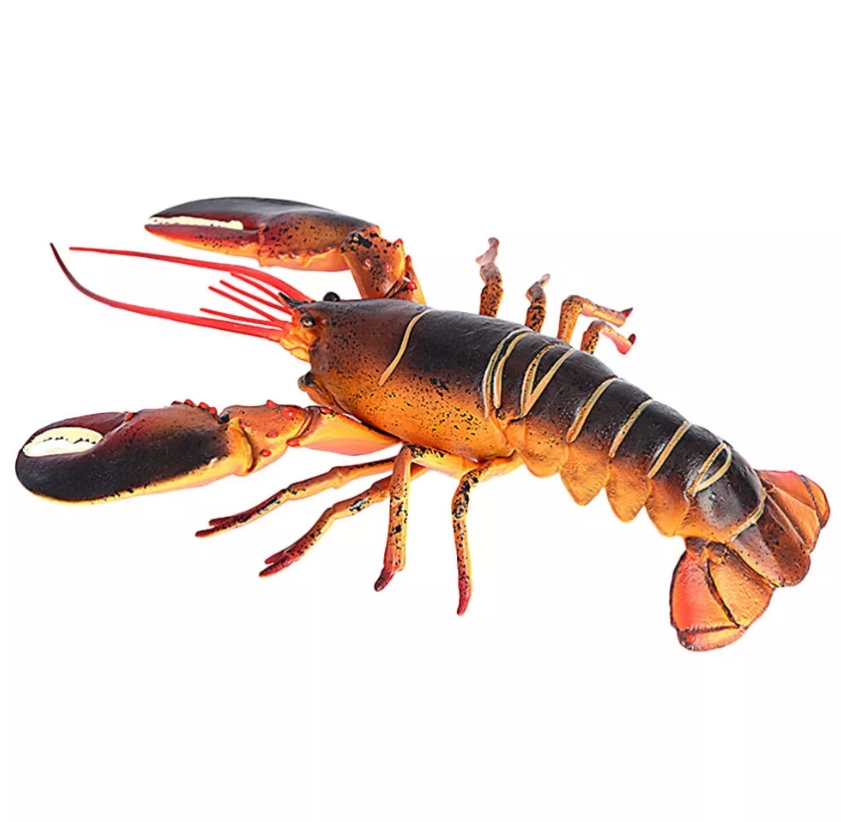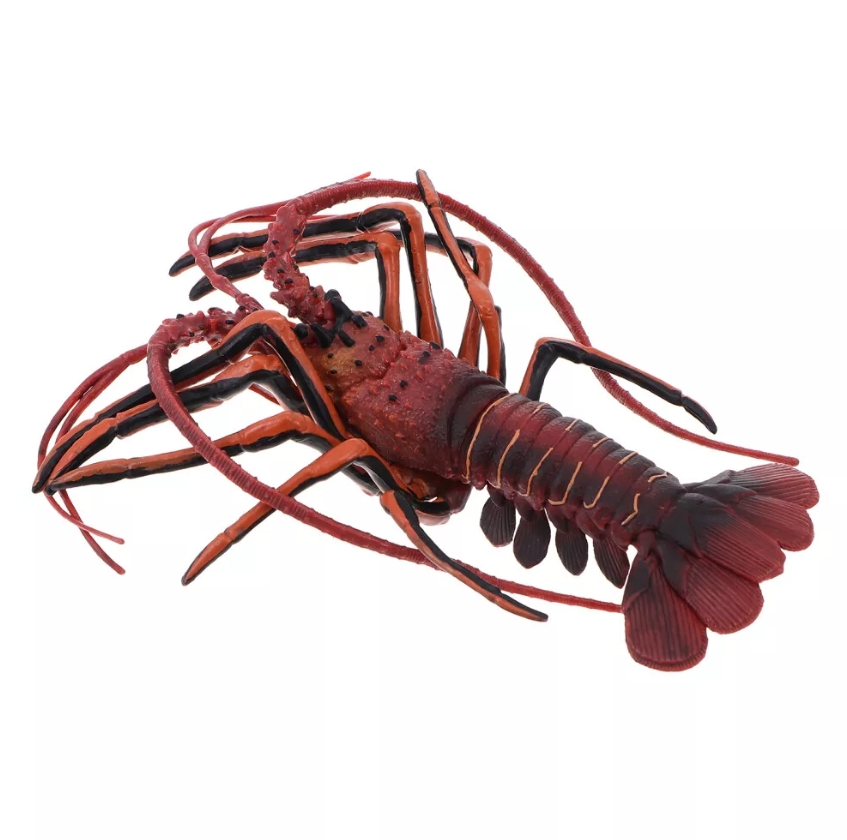The lobster model is a unique three-dimensional design that is widely used in biological research, education, and engineering. Not only is it extremely accurate, it also visually provides the viewer with a vivid image, allowing people to better understand the anatomy and physiological characteristics of the lobster.
Such models are typically made of durable materials that resist moisture and corrosion, making them particularly suitable for use in experimental environments or places such as aquariums. Through careful design, the lobster model seems to have the fine texture and vivid color of the real lobster, which can attract the audience's attention and enhance the interest of learning.
The educational value of the lobster model cannot be underestimated. In biology classes, students are able to look closely at every detail of the model and learn about the body composition of the lobster, such as its exoskeleton,antennae, chelates and gills. Through comparison with actual specimens,students are able to deepen their understanding of the physiological characteristics and ecological habits of lobsters,thereby improving their awareness of biodiversity.
Lobster models also play an important role in scientific research. Researchers can conduct anatomical experiments through the model,observe the function of internal organs and systems, and then study their physiological mechanisms and growth cycles. This has important implications for the study of Marine biology and ecology,and can provide scientific basis for the sustainable utilization of Marine resources.
Today,with the continuous development of technology, digital lobster models are more and more widely used. With the help of virtual and augmented reality technology,researchers and students can observe the structure of a lobster in a virtual space with a 360-degree view,and even conduct simulation experiments.




